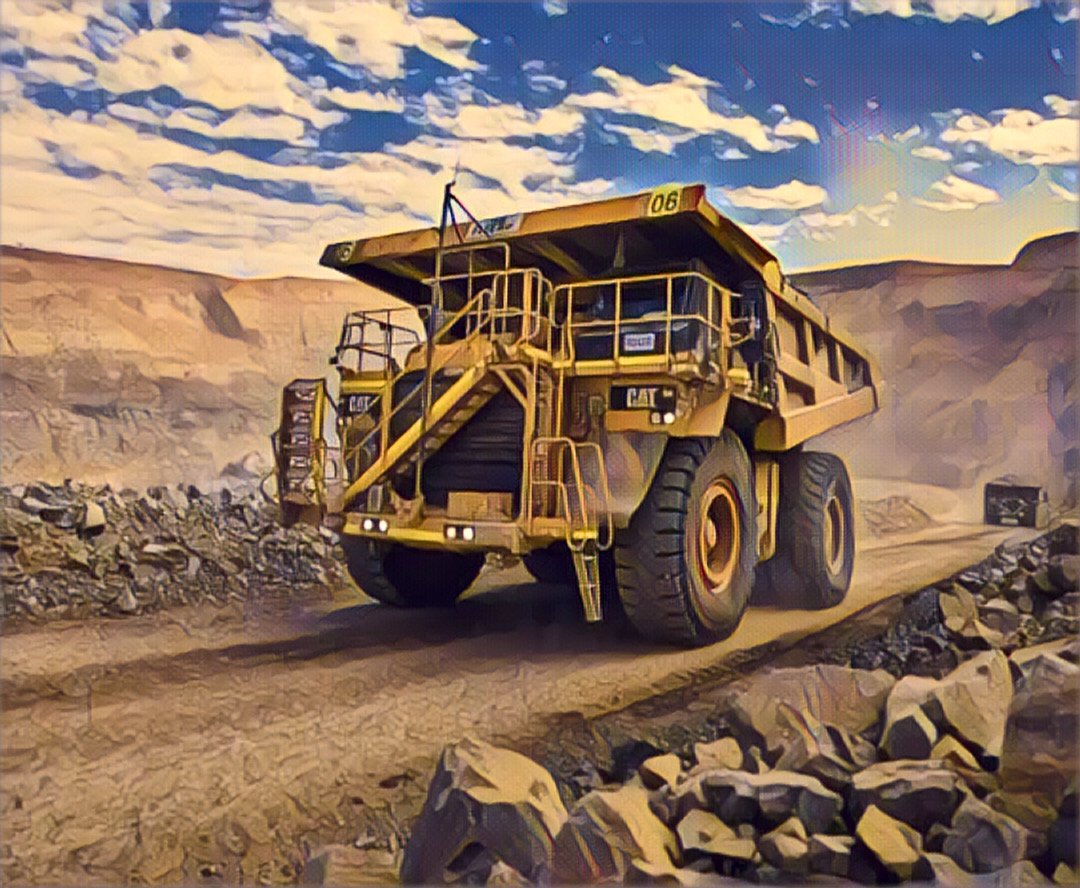KEY POINTS
- Mining drives infrastructure development in Ghana, supporting roads, railways, schools, and water systems.
- Challenges include uneven benefit distribution and environmental degradation in mining areas.
- There is sustainable infrastructure investment in the country through policies such as the Minerals Development Fund.
Ghana’s mining industry is one of the most vibrant on the African continent, which has been contributing massively to the growth of the country’s economy over several decades. The mining sector is one of the largest industries, accounting for about 5.5 percent of the nation’s Gross Domestic Product, and the main mineral sold is gold.
Apart from being an economic activity, mining has provided physical infrastructural support to mines through funds for construction of roads, tracks, schools health facilities among others in mining regions.
However, this link is two-sided, depending on the environmental and social implications that most of the time go along with the infrastructural developments.
Mining’s contribution to infrastructure development
Mineral firms are expected, in their line of duty, to spend in the societies within which they conduct their business. Such investments are in extending infrastructure facilities such as roads, school, hospitals, and water supply and such facilities will be much beneficial to the local people.
For example, AngloGold Ashanti one of the largest mining firms in Ghana has built some roads in Obuasi for ease of traffic in its operations and the society.
Likewise, Newmont Ghana Gold Ltd has injected capacity in water supply and schools in the affected mining regions such as Ahafo. These projects are not only beneficial for the inhabitant of the area but also boost the links and commercialism.
It has also brought development of railway systems especially for transportation of the mined minerals.
Ghana is revitalizing its rail network, with projects such as the Western Railway Line aimed at improving the transportation of bauxite and manganese. These are key expenditures that narrow transportation expenses, raise productivity in mining, and advance other economic operations.
Challenges in linking mining to sustainable development
On the one hand, mining is useful in infrastructure development, while on the other hand, mining raises issues concerning sustainability and equity. Some of the mining communities have complained that numerous infrastructural developments have not received a corresponding boost as a result of the mining calamity.
This explained in a report by the Minerals Commission in Ghana showed that the community investment often failed to distinguish between the exposure of small mining towns and large major economic hubs.
There exists another major problem—environmental degradation. Among the challenges that mining enterprises have to face are deforestation, degradation of the land, and pollution of water bodies as a result of the construction of mining infrastructure.
Such environmental effects erode the future sustainability of mining-based investments and may even negate gains that come with infrastructure improvement.
Policies to enhance the mining-infrastructure link
In order to ensure the flow of positive impact of mining on infrastructural development, Ghana has put measures that ensure sustainable development.
The Minerals Development Fund (MDF) allocates a portion of mining revenues to infrastructure projects in mining communities. This ensures that local populations benefit directly from mining activities.
Information also stated that public private partnerships (PPPs) also come in handy to fill the gaps. For instance, mining firms work with the government to part-fund projects that align with national development goals
Enhancing some of these partnerships can help to make mining related infrastructure useful to both the producers and the general populace.
Moreover, there is a need to incorporate environmental sustainability into its mining polices. Measurable measures such as land reclamation, incorporating environmentally friendly construction techniques, and adhering more to expensive environmental impact assessment can protect the impacts of infrastructure development of mines.




